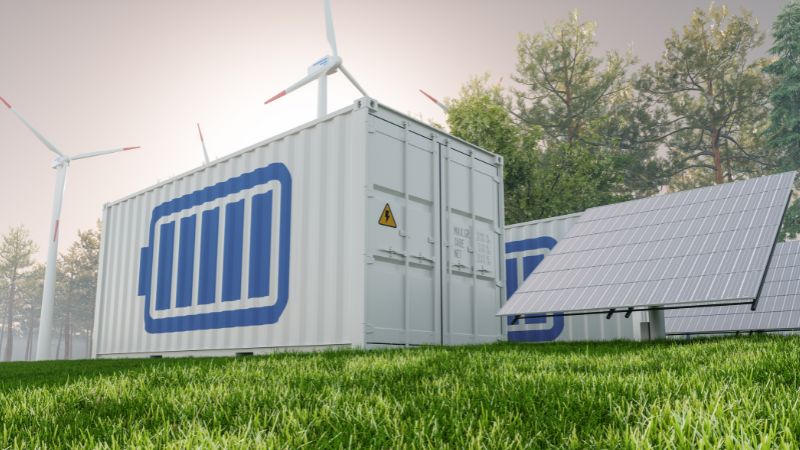Understanding battery energy storage system (BESS) | Part 4
Latest Trend of 314Ah Cell and 5MWh BESS in 20 Feet Container
For the last few years, 280Ah LFP prismatic cell has been the trending cell used in containerised BESS (Battery Energy Storage System). The cell capacity has been increasing over the years, and with increasing capacity, there has been a need to improve the volumetric energy density to be able to incorporate higher battery capacity in a given standard or popular container size, for example, in a 20-foot container.
Below table shows how the latest 314Ah cell compares with the existing 280Ah cell:

The data shows many advantages observed in the 314Ah cell over 280Ah cell, such as better capacity, better energy density (gravimetric and volumetric), Wh efficiency, cycle life and calendar age life.
Note: A life of 15,000 cycles for 314 Ah cells is expected as per the initial cycling trends in lab-level conditions at 25°C, with some rest periods. The actual value on the field will be lower because the cycle life of the module will be lower than the cycle life of the cell, the cycle life of the cluster will be lower than the cycle life of the module and the cycle life of the containerised solution will be lower than the cycle life of the cluster.
The next image provides a summary of the comparison between the features of 280Ah cells vs. 314Ah cells provided by Xingdong (XDLE)/Lu Xiao Ye.

Below are the additional advantages of shifting from 280Ah cell to 314Ah:
- Cell cost per kWh would be 5-7% less.
- BESS containerised solution will be 8-10% cheaper.
- Low cost and long life combination will allow for better ROI on energy storage projects, especially for projects with up to 1 cycle per day for 20 years or 2 cycles per day for up to 15 years.
- 35% more energy can be stored in 20-feet container, up from the traditional design of 3727kWh to 5016kWh.
- Higher BESS capacity will allow for lower auxiliary power consumption and hence improve the overall round-trip efficiency of the project.

Existing Liquid Cooling 3.7MWh capacity 20 Feet container from Xingdong (XDLE)/ Lu Xiao Ye
Below is the comparison of 20 Feet Liquid Cooling Container Design for both type of cells:

Market updates
- 314Ah LFP prismatic cell is expected to go into mass production around mid-2024, and some companies have already begun trial projects and certification work.
- For any BESS projects planned by end of 2024 or beginning of 2025, it is highly suggested to consider the use of this cost-effective and better ROI/TCO model of 5MWh solution using 314Ah.
- About 15 companies in China are planning to manufacture the 314Ah cells. Some companies are considering 320Ah and above capacities as well.
- 314Ah LFP prismatic cell is also advertised as having no capacity loss for the first 1000 cycles. However, because the higher material loading leads to higher energy density, the recommended use of 314Ah cells is ideal for 0.5C/0.5C projects, and 280Ah cells are preferred for higher-than0.5C/0.5C discharge projects. This will allow the 280Ah cell to co-exist with the 314Ah cell.
About the Author

Rahul Bollini is an R&D expert in Lithium-ion cells with 9 years of experience. He founded Bollini Energy to assist in deep understanding of the characteristics of Lithium-ion cells to EV, BESS, BMS and battery data analytics companies across the globe. Rahul can be reached at +91-7204957389 and bollinienergy@gmail.com.
Also read: Understanding Battery Energy Storage System (BESS) | Part 3 – Project planning
Subscribe today for free and stay on top of latest developments in EV domain.






